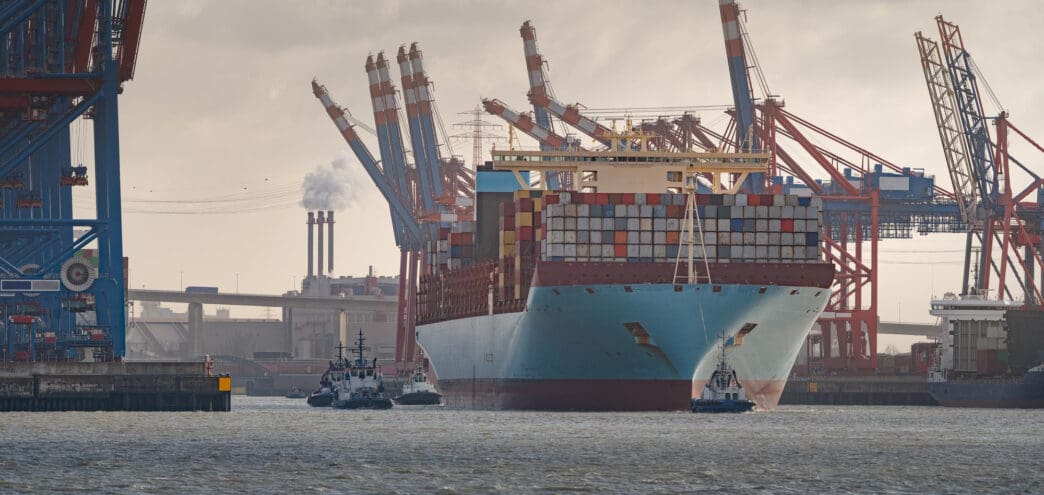Executive Summary
The Story So Far
Why This Matters
Who Thinks What?
President Donald Trump and Chinese President Xi Jinping announced preliminary plans for a trade deal following their summit in South Korea on Thursday, October 30, 2025. The agreement proposes a 10% reduction in US tariffs on Chinese goods, bringing the effective rate to 47%, and includes commitments from China to delay export controls on rare earths and increase purchases of American soybeans. Despite the headlines, analysts suggest the deal may offer limited immediate relief to the underlying economic challenges facing both nations.
Details of the Preliminary Agreement
The proposed deal outlines several key concessions from both sides. The United States would lower tariffs on Chinese exports, while China would commit to purchasing “tremendous amounts” of American soybeans. Additionally, China would delay implementing export controls on rare earth minerals, which are crucial for various high-tech industries.
These measures are intended to alleviate some of the economic pressures that businesses and consumers have experienced since Trump’s return to office. However, experts believe that more substantial actions are needed to address the deeper economic issues.
Impact on the US Economy
Agricultural Sector
For American soybean farmers, who have been significantly affected by China’s effective embargo since May, the agreement may come too late. China, historically the largest export market for US soybeans, had halted purchases, causing prices to depress.
With the peak harvest season already underway, many US farmers may have already sold their crop yields at lower prices. This timing issue could diminish the immediate benefits of China’s renewed purchasing commitments.
Labor Market Concerns
The US labor market, which President Trump inherited in a weakening state, has seen hiring slow in recent months. Aggressive tariffs have exacerbated this trend, leading businesses to hesitate on hiring and, in some cases, lay off workers.
Data from the Bureau of Labor Statistics indicates that for the first time in years, there are more unemployed individuals than available jobs. Advances in artificial intelligence, exemplified by recent massive job cuts at Amazon, are also contributing to layoffs.
Federal Reserve Governor Christopher Waller noted that if AI represents a structural shift in labor demand, monetary policy may not be an effective tool to address it. There are also concerns that lower interest rates could fuel inflation, which is already impacted by higher tariffs and tighter immigration controls.
China’s Economic Challenges
Despite the resilience of its exports in the face of US tariffs, China continues to grapple with long-standing domestic economic woes. These issues limit the immediate benefits of any trade deal for the world’s second-largest economy.
Key factors include a prolonged property downturn, persistent deflation, dampened consumer confidence, and high youth unemployment. Louise Loo, head of Asia economics at Oxford Economics, stated that tariffs are “fading in macro relevance” for China’s structural challenges.
Loo added that a fentanyl-related tariff reduction, also part of the Thursday deal, could at best add a “marginal” 0.2% upside to China’s growth forecast for next year. Recent economic data paints a gloomy picture, with factory-gate prices declining for the 36th consecutive month in September.
Consumer demand is also weakening, with retail sales growth slowing to a 10-month low of 3% in September. New home prices in China sank at their fastest pace in 11 months, extending a slump that began in 2021 and continuing to weigh on consumer sentiment.
A Provisional Agreement
The understanding reached between Trump and Xi is currently a “rough draft” and has not yet been formally signed. It is expected to require several more meetings between American and Chinese officials to finalize a definitive agreement, or it may not progress to that stage at all.
Nevertheless, both economies can find some reassurance in the fact that President Trump’s threat of an additional 100% tariff on Chinese exports, which would likely have prompted retaliation from Beijing, has been taken off the table for now.








